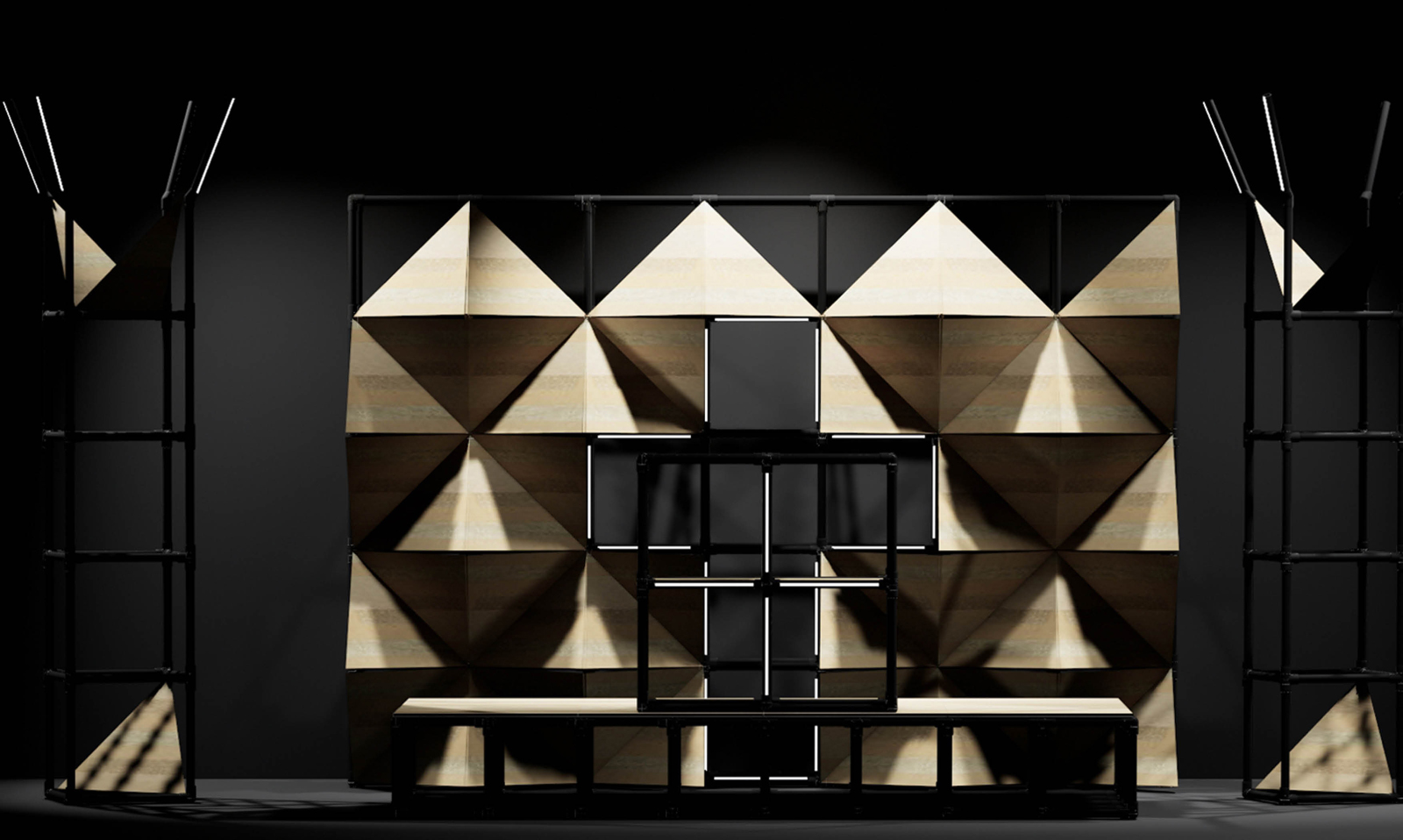The challenge: to design a modular set that can be reconfigured over and over, with limitless possibilities. It should be easy to store, easy to tour, and have a fresh, contemporary design aesthetic. A multi-disciplinary panel selected a winner...
Congratulations to Yimeng Teng on being the inaugural recipient of Victory Hall Opera's Ready.Set Competition! The Ready.Set Design Competition was open to worldwide applications, and was adjudicated by an independent, cross-disciplinary jury; Sara Brown (MIT), Robert Long (Theater Consultants Collaborative), Ethan McSweeney (American Shakespeare Center) and Miriam Gordon-Stewart (Victory Hall Opera).
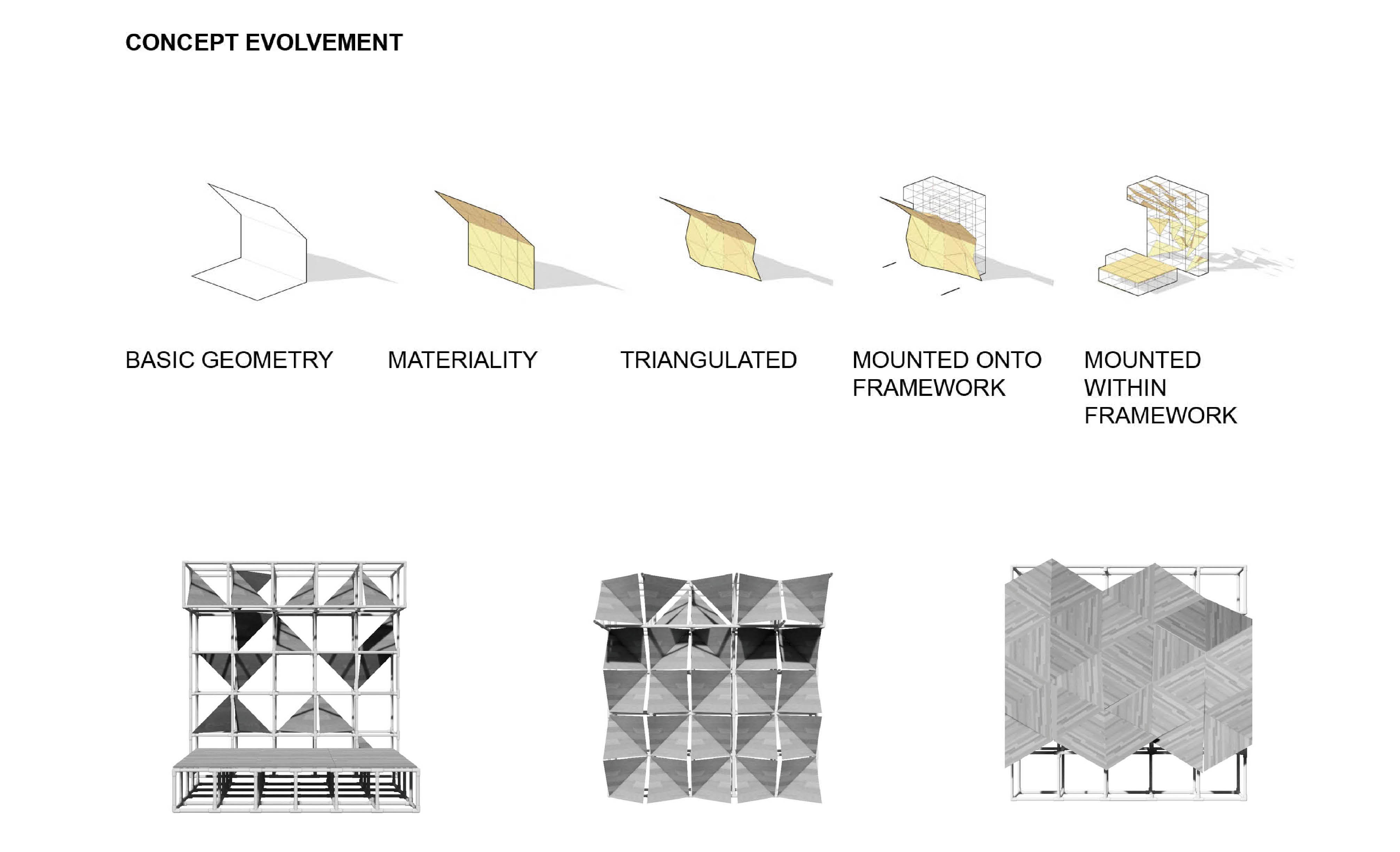
Yimeng and Victory Hall Opera (VHO) are working to re-envision what a set can be in terms of affordability, mobility, and creativity – all in an effort to empower the next generation of performing arts companies, theater venues, and schools across the nation. The final modular design will be unveiled on stage in VHO's Mainstage Production of Haydn's Armida occurring fall 2019. VHO plans to make this design available to other companies through an inexpensive pdf download.
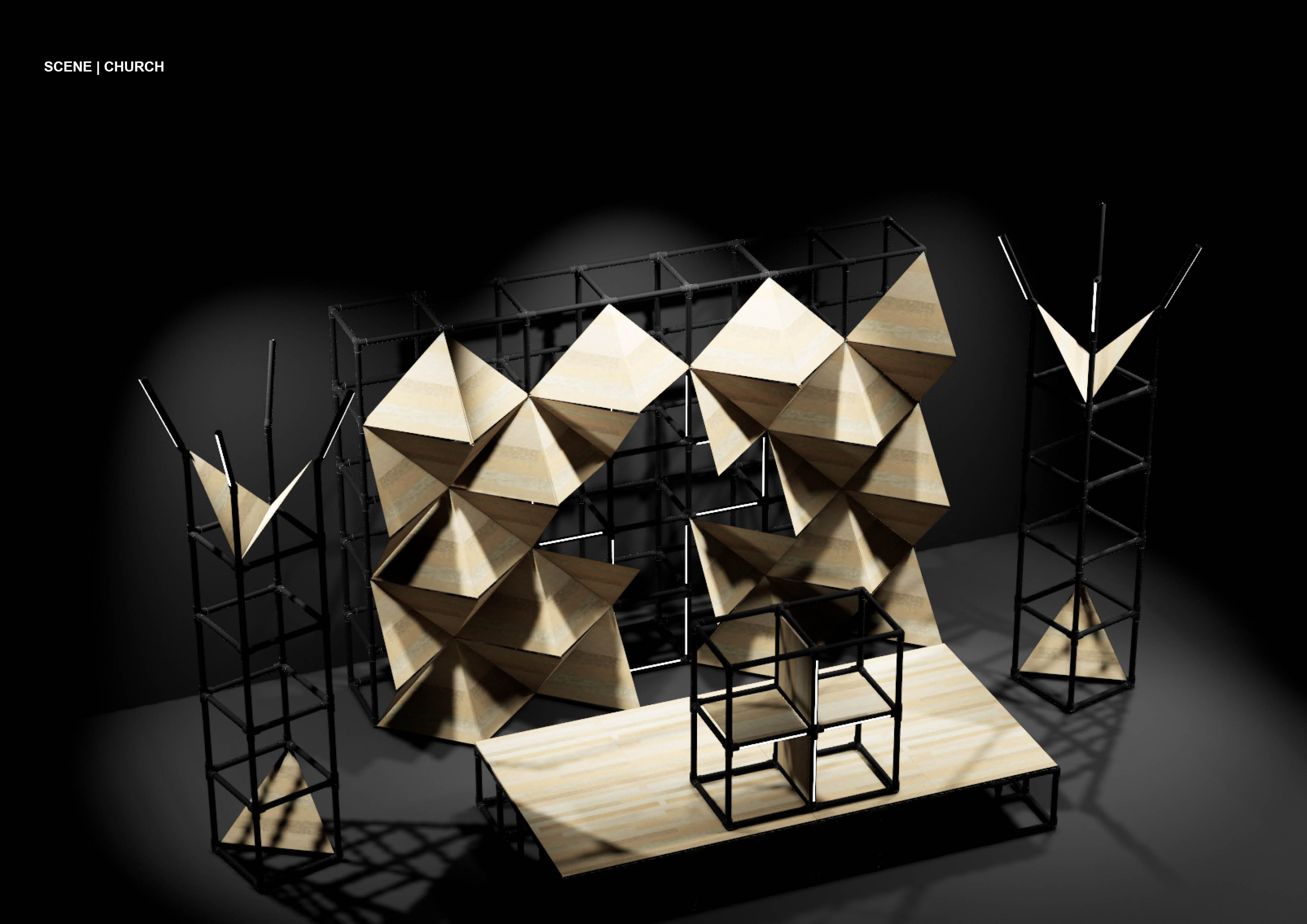
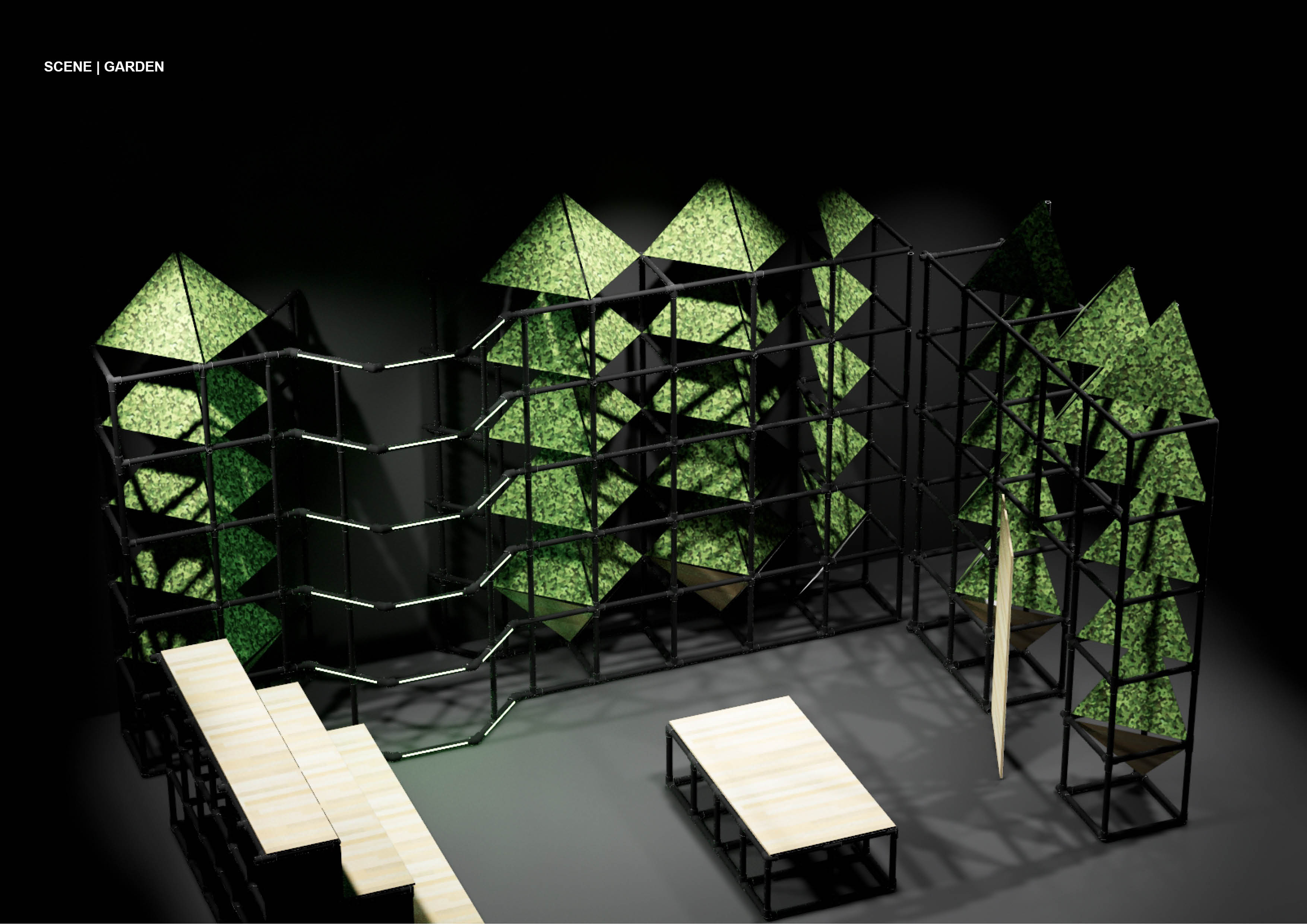
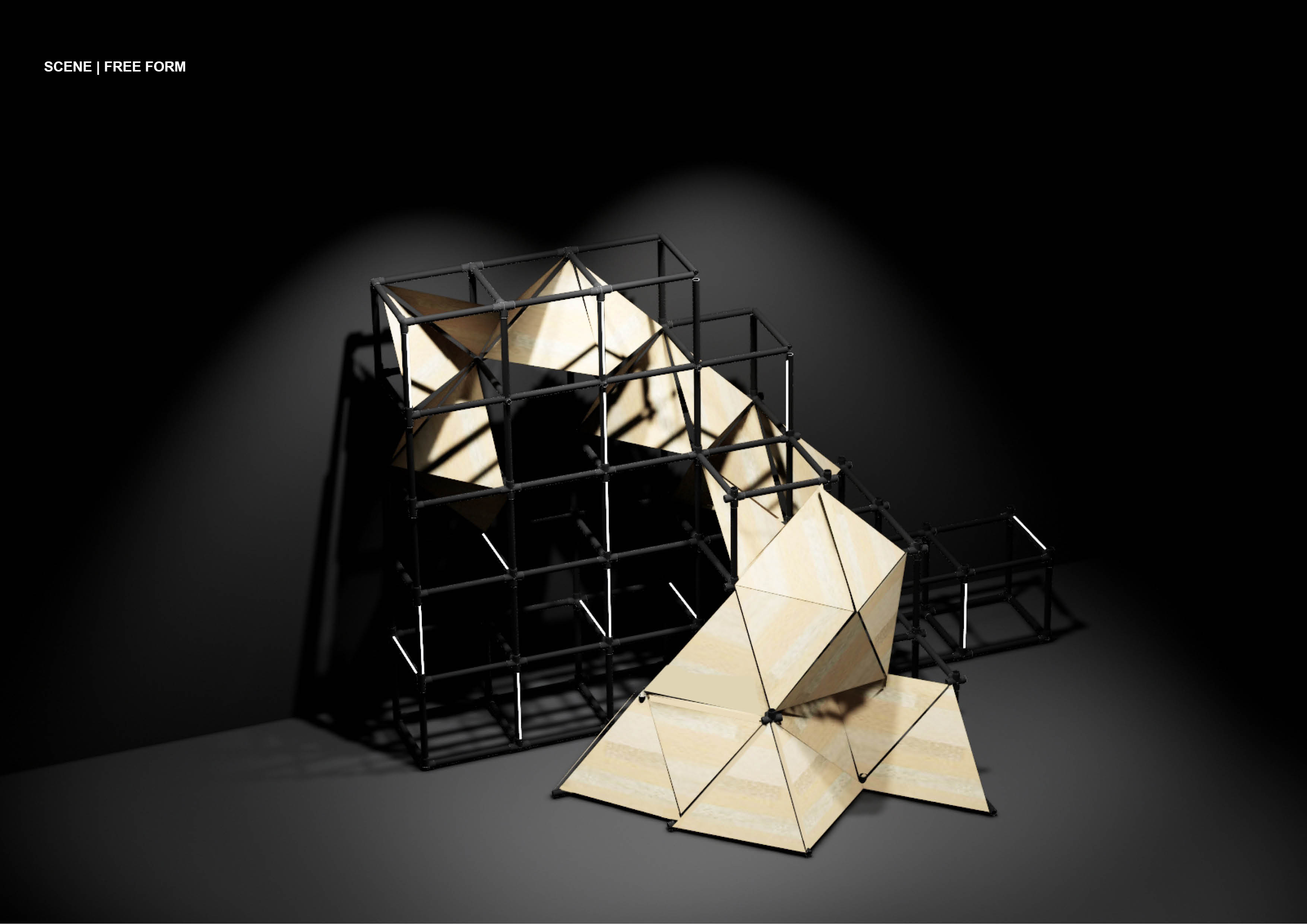
Yimeng shares a little bit about her background and design process, in the context of her winning competition design:
1. What motivated you to become an architect?
Architecture intrigues me as a profession for its flexibility and broad vision. An architect is a designer not only for a physical building, but also for spatial experiences and even lifestyles. Training and practicing architecture sharpens the creative mind and eye while allowing me to see the world in a beautiful and enjoyable way.
2. What is your design process like, as an extension of your background and motivation as an architect?
Aside from my architectural background, I was also trained in civil engineering during my undergraduate studies in China. Engineering and artistic mindsets often come together to benefit the design process. My design process begins with solid logic, which evolves in ways that strengthen the design concept, and ends with a final answer that is resolved both aesthetically and functionally.
3. Why did you apply for the READY.SET Competition?
What was your concept about? I am very interested in modular design because I think it has endless potential. Unlike how the usual design process ends when the project gets handed over, modular design allows for continuous evolution My concept started with a diagram of a wood-angled surface that would support acoustic quality during a performance. While I was figuring out how to arrange the surface, the scaffolding idea came into play, which creates another option for fragmenting the surface into the frame. The design process was very fluid and I am quite happy about having multiple mounting options using the same elements. After all, the basic principal behind modular design is flexibility.
4. What have you learned from your collaboration with Victory Hall Opera (VHO)? What new techniques, strategies, and/or concepts have you been testing out?
I have learned so much from collaborating with VHO during this phase of design. We talked about the different functions singers would need during performances and how to enhance the set’s potential to create opera scenes. Elements such as stage(s), casters, doors, curtains, etc. were considered during design development. Working together, we developed and added more functionality to the set while maintaining its initial design language. We also thought hard about the installation and storage of the set, since an important goal of the competition was to allow reuse between performances or even reconfiguration during intermissions. We mocked up a full-size module of the set and tested out different mounting options to ensure easy maneuvering.
5. How do you see your design concept empowering the mission of Victory Hall Opera “to advance the craft, power, and reach of opera”?
The set's design originates from a basic acoustic diagram that works for both theaters and opera houses. While this does not promise the same acoustical quality as the Kennedy Center, we would like to think that every bit counts. The flexibility of the set generates endless possibilities for different performances. The elements we chose are economical, light weight, and easy to install. The modular components are also easy to carry in a truck to support mobility. We hope this set can provide a new identity and greater accessibility for opera in general and for VHO.
6. What have you learned about opera, the arts, and performance from your collaboration with VHO?
Collaborating with VHO helped me understand the” behind-the-scenes” of opera more. I am no longer an audience member, but rather someone behind the curtain who can help tell the story. A balance of abstraction and representation exists in the set design we created, and I believe such balance should always exist in opera, or any other kinds of art.


